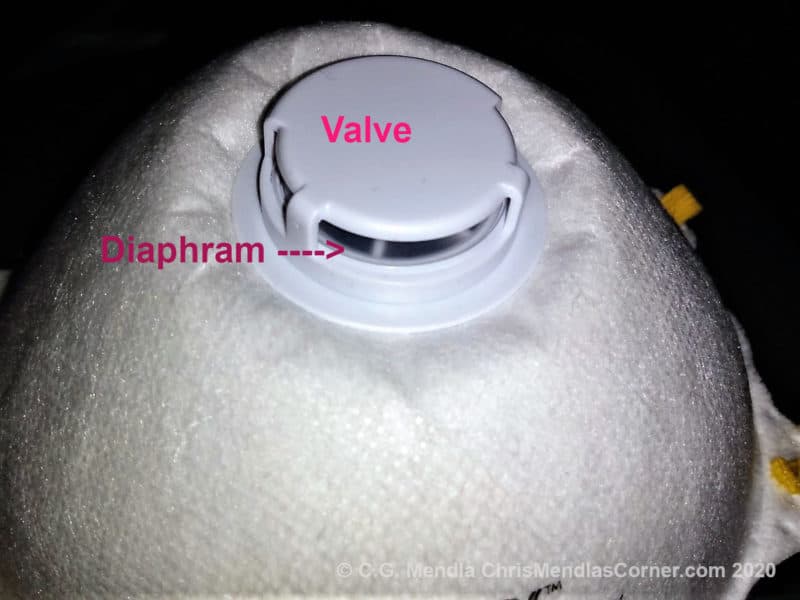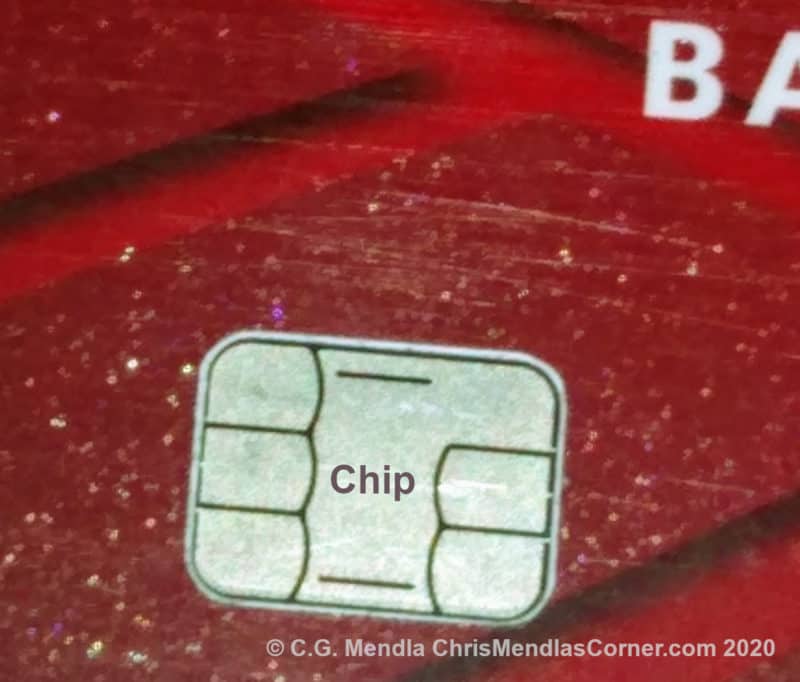Pandemic Tips #11 – Are you checking your mask valves? They are critical. Be careful disinfecting credit cards.
Mask Valves
With the shortage of almost any type of mask, including N95 masks, people will probably tend to reuse their masks as much as possible. The higher end masks have a one way valve that allows you to easily exhale.
The valve is designed to close when you inhale so you bring air through the mask’s filtration material.
If the valve fails or gets stuck open, you will be breathing in raw, unfiltered air.
A number of things could cause the valve to fail. The valve could become brittle from age, sunlight or disinfectant. It could be damaged or something could simply get stuck preventing it from fully closing
First, see if your respirator has a valve. If so, inspect it thoroughly. The flexible diaphram must lie flat against the sealing surface. Look for any indication of cracks, tears or brittleness.
If it is damaged, you should discard that mask. If that is the only mask available, then you can consider sealing the valve with something like hot melt glue or silicone caulk. If you go that route, do so at your own risk. Sealing the valve will mean that exhaling will have to go through the mask or around the edges of the mask. Neither way is ideal.
The image below is a typical mask. The round device is the critical one way air valve.
Treat your mask as though your life depends on it. It just might. Inspect the valve every time you use it.
Disinfecting credit cards and chip failure.
Almost every credit and debit card today, as will as many ID badges, depend on a microchip.
Years ago, I had a Seadoo Jet Ski. When I was heading out for a ride, I would stick a credit card, some cash and my boater’s license in my bathing suit. Many times I ended up jumping off to swim. I never had a problem. BUT, that was in the days before the cards had chips.
The chip is a small object about 3/8 of an inch on your card similar to the following. This device is used for validating the card. If it doesn’t work, you will not be able to use the card.
I went food shopping and tried to make a purchase. The card could not be read at the register. Fortunately I had other cards and cash as a backup. After I paid, I took my groceries out to the car. I went back in and tried a small purchase at another register. The card failed to work at that register.
I realized that I had disinfected the cards after using them during a previous store trip. I used plain Lysol cleaner. Apparently that rendered the chip unusable. That was part of my regular protocol for shopping.
It would be a good idea to rethink cleaning any cards that depend on a microchip.
UV ‘disinfecting’ lights
I see a lot of lights on the market advertised as a way to disinfect items. I have no idea of their effectiveness. When I was young, our dryer had a UV light to keep the clothes disinfected after drying. My Hepa room filters have a UV light to add additional purification.
My concern is the effectiveness of the small, battery powered lights. Perhaps this would be a good project for someone with the proper equipment.
If you are going to purchase a UV light for disinfection, do some research beforehand. Make sure that an independent source verified it’s effectiveness.


